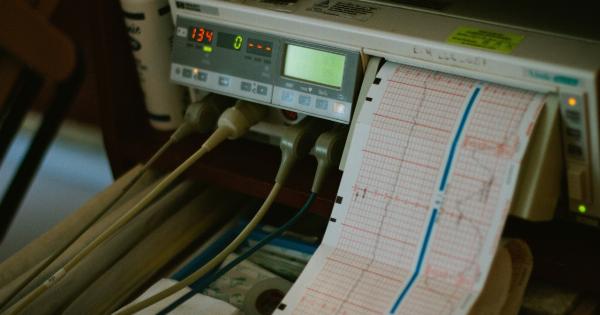Sleep apnea is a serious sleep disorder that occurs when a person’s breathing is interrupted during sleep. This interruption can last for seconds or even minutes and may occur many times during the night.
There are two types of sleep apnea – Obstructive Sleep Apnea (OSA) and Central Sleep Apnea (CSA).
Obstructive Sleep Apnea (OSA)
Obstructive Sleep Apnea (OSA) is the most common type of sleep apnea. It occurs when the muscles at the back of the throat fail to keep the airway open, despite the effort to breathe.
This causes brief pauses in breathing and can lead to snoring and poor-quality sleep.
Untreated OSA can lead to complications such as high blood pressure, heart disease, and stroke. It can also cause daytime sleepiness and difficulty concentrating.
Central Sleep Apnea (CSA)
Central Sleep Apnea (CSA) occurs when the brain fails to send the signal to the muscles to breathe. This type of sleep apnea is less common than OSA and can be caused by certain medical conditions, such as heart failure or brainstem damage.
Untreated CSA can lead to complications such as high blood pressure, irregular heartbeat, and heart failure.
Diagnosis of Sleep Apnea
The diagnosis of sleep apnea usually involves a sleep study, also known as polysomnography. This test records various body functions during sleep, such as brain waves, heart rate, breathing, and eye movement.
If the results of the sleep study show that a person has sleep apnea, treatment options will be discussed.
Treatment Options for Sleep Apnea
The most common treatment for sleep apnea is Continuous Positive Airway Pressure (CPAP) therapy. This involves wearing a mask that pumps air into the airway to keep it open during sleep.
Other treatment options include dental devices, surgery, and lifestyle changes, such as weight loss and quitting smoking. The treatment option chosen will depend on the severity of the sleep apnea and the individual’s medical history.
Insurance Coverage for Sleep Apnea Treatment
Most insurance plans cover the diagnosis and treatment of sleep apnea. However, the coverage may vary depending on the insurance company and the policy.
Coverage for CPAP therapy is often a covered benefit, but there may be specific requirements that must be met.
For example, the insurance company may require a certain level of severity of sleep apnea to be documented in a sleep study before they will cover CPAP therapy.
Insurance coverage for dental devices and surgery can vary depending on the medical necessity and the individual’s medical history.
Tips for Maximizing Coverage for Sleep Apnea
To maximize coverage for sleep apnea treatment, it is important to work with a healthcare provider that participates in the insurance network and to understand the insurance policy. Some tips for maximizing coverage include:.
- Ask the insurance company for a list of providers that are in-network for sleep apnea treatment.
- Make sure the sleep study is medically necessary and that it is covered by the insurance policy.
- Check to see if there are any specific requirements for CPAP therapy, such as documentation of severity.
- Work with a healthcare provider to document medical necessity for dental devices and surgery.
- Appeal any denials of coverage by the insurance company.
Conclusion
Sleep apnea is a serious sleep disorder that can lead to complications if left untreated. It is important to work with a healthcare provider to diagnose and treat sleep apnea and to understand the insurance coverage for treatment options.
By maximizing insurance coverage and following treatment recommendations, individuals with sleep apnea can improve their quality of life and reduce their risk of complications.


























